
Conservation and Awareness For Every Vulture
Our mission is to break stigmas and misconceptions regarding vultures - fascinating, misunderstood, and often-threatened key members of countless ecosystems around the world.
We’re in the middle of a human-driven avian crisis.
Of the 23 vulture species that currently inhabit our planet, nine are critically endangered, three are endangered, and four are near threatened - meaning 16 of the 23 vulture species around the world face some sort of existential threat.
This is of critical concern for the well-being of humans too - vultures are scavengers which feed primarily or exclusively on carrion, and are extremely effective at ridding ecosystems of potentially-dangerous bacteria. When vulture populations decline in an area, disease transmission rapidly increases in that same area.
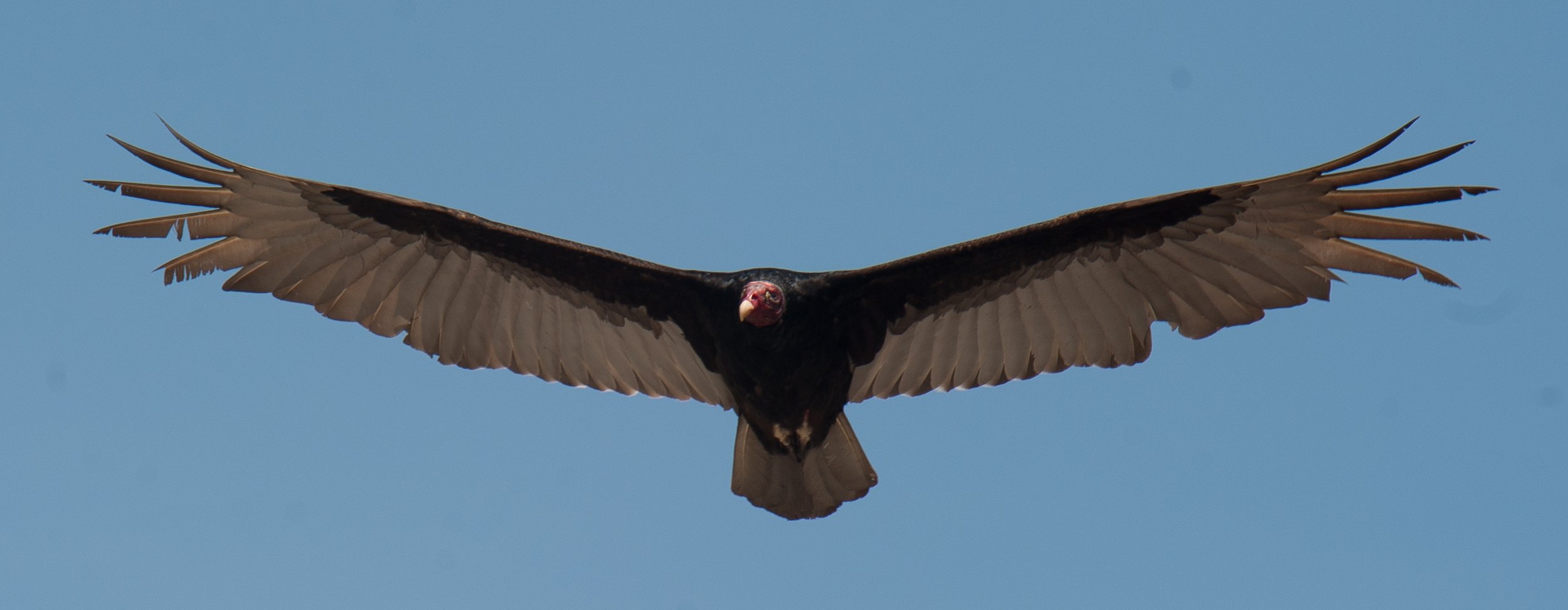
Need help navigating the site, or want to know how to get involved? Check the link below.
Vultures A - Z
-

Andean Condors
Cultural icons of the Andean regions in South America, these vultures are the largest flying birds in the world, with wingspans reaching up to 3.3 meters, or 10 feet and 10 inches! They can also boast an impressive lifespan that can surpass 70 years. Andean Condors have a conservation status of “vulnerable”. Learn more here.
-

Bearded Vultures
Also known as an ossifrage or lammergeiers, the Bearded Vulture spans much of Africa, Asia, and Europe. The Bearded Vulture is incredibly unique in that, while it feeds of carrion, it is the only bird in the world that feeds on bone marrow. Bearded Vultures have a conservation status of “near threatened”. Learn more here.
-

Black Vultures
The American Black Vulture is a thriving vulture, found from the Southern US to Central Chile. Studies have shown them to be resistant to pathogenic microorganisms, and they have even been observed to eat ticks off of animals - exemplifying their environmental aid. They have a conservation status of “least concern.” Learn more here.
-

California Condors
The ongoing fight to ensure the survival of the California Condor is, arguably, a success story of conservation efforts. Once extinct in the wild with a total population of only 22 in the world (1987), numbers have since risen to over 500. Still, much work still has to done, as California Condors have a conservation status of “critically endangered”.
-

Cinereous Vultures
The largest old world vulture (old world denoting Asia, Europe, and Africa), Cinereous or Monk Vultures feature distinctly dark bodies and heads covered with fine feathers called “down”. These giants are lone creatures, and only congregate for mass feedings. Cinereous Vultures have a conservation status of “near threatened”.
-

Cape Vultures
Cape Vultures are residents of southern regions of Africa. These birds are some of the largest flying birds and raptors in Africa, with only the lappet-faced vulture competing in size. However, the Cape Vulture, sometimes referred to as “Kolbe’s Vulture”, is typically heavier. Cape Vultures have a conservation status of “vulnerable“.
-

Egyptian Vultures
The “Pharaoh’s Chicken”, Egyptian Vultures are a smaller species found in parts of Africa, Western Asia, and Southern Europe. These incredibly intelligent birds are known for their usage of tools, using pebbles to crack eggs and twigs to roll up wool for nest lining. Egyptian Vultures have a conservation status of “endangered“.
-

Greater Yellow-Headed Vultures
Easily confused with its smaller cousin, (see below for the Lesser Yellow-Headed Vulture), this bird is often known as the Forest Vulture and is found in forests as far north as Colombia and as far south as Brazil. Greater Yellow-Headed Vultures have a conservation status of “least concern“.
-
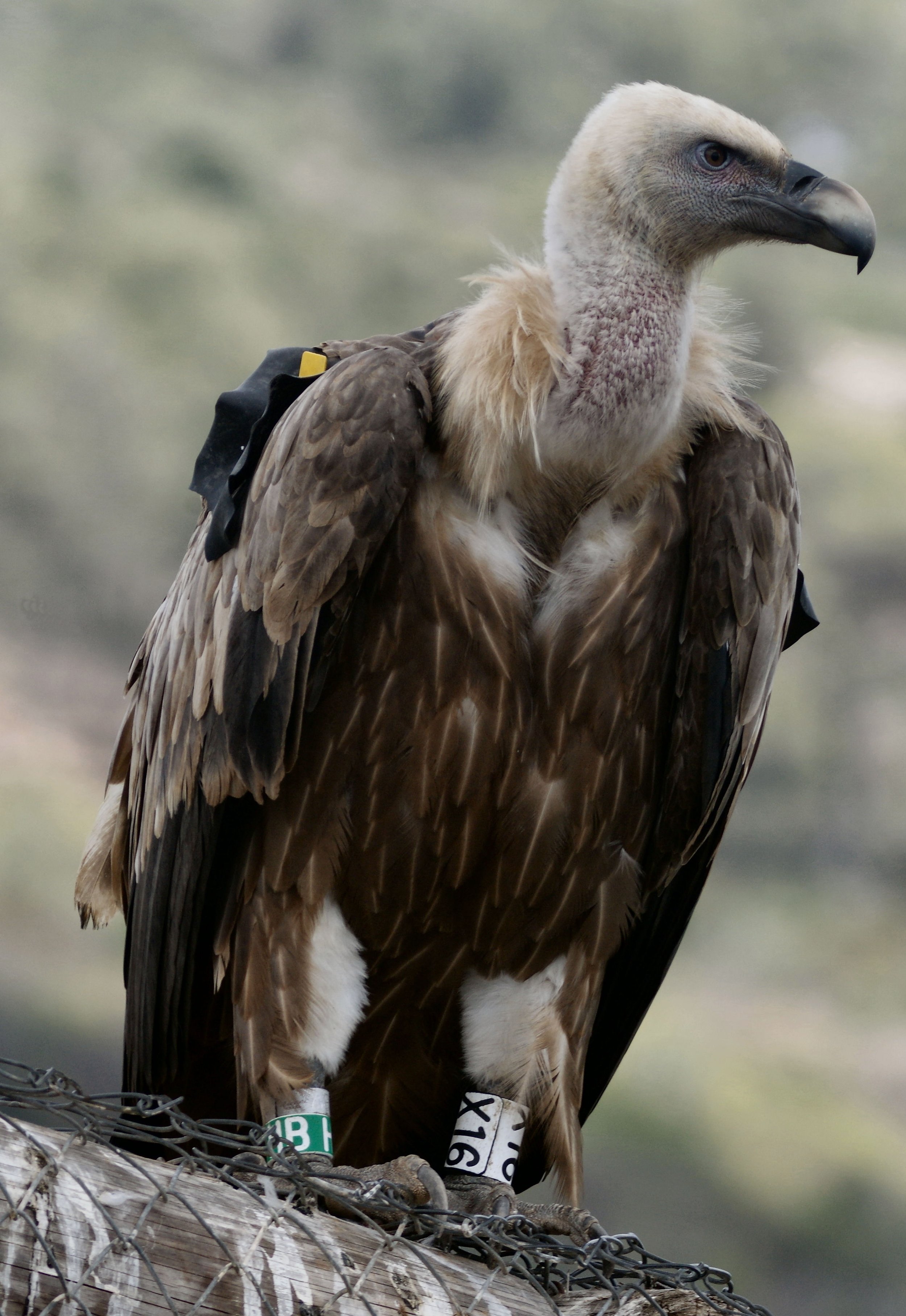
Griffon Vultures
The Griffon Vulture is a vulture that spans over Asia, Europe, and parts of Africa. These birds have been closely studied for their effectiveness in soaring without expending much energy, and for their effectiveness in regulating their body temperature. Griffon Vultures have a conservation status of “least concern“.
-

Himalayan Vultures
The second largest of the “old world” vultures, these raptors span over a region limited to the Himalayas and Tibetan Plateau. It has been observed that Bearded and Himalayan Vultures can nest in close proximity without fighting, a rarity for old world vultures. Himalayan Vultures have a conservation status of “near threatened”.
-

Hooded Vultures
Most old world Vultures tend to have a similar physique as the Griffon Vulture. Hooded Vultures do share similarities, but are clearly identifiable by their thin bill and “scruffy” physique. Sadly, their populations have declined in all countries but Gambia, leading to Hooded Vultures having a conservation status of “critically endangered”.
-

Indian Vultures
Natives of India, Pakistan, and Nepal, these vultures have been one of many Asian-native vultures that have suffered a sharp population decline in India. This has contributed to countless health crises in India, including the highest rabies mortalities of any nation. Indian Vultures have a conservation status of “critically endangered”.
-

King Vultures
Often referenced in the ancient Mayan Codices, sometimes to represent messenger gods, these beautiful creatures are popular natives of Central and South America. While evidence suggests poaching and habitat destruction is negatively affecting them, King Vultures have a conservation status of “least concern”.
-

Lappet-Faced Vultures
These large and typically solitary vultures span over most of Africa and parts of the Middle East, and are easily identifiable through their colorful heads that contrast their mostly black bodies. Lappet-Faced Vultures have a conservation status of “endangered.”
-

Lesser Yellow-Headed Vultures
Smaller than the Greater Yellow-Headed Vultures, these similar birds prefer to make savannahs their home, and as such are sometimes called Savannah Vultures. They’re typically found from Mexico to Brazil. Lesser Yellow-Headed Vultures have a conservation status of “least concern“.
-

Palm-Nut Vultures
Possibly the most unique vulture in terms of diet, these relatively small vultures feed primarily on fruits and fruit-husks from the oil palm and Raffia palm. They of course still feed on carrion, but have also been observed to feed on crabs, fish, and mollusks. Palm-Nut Vultures have a conservation status of “least concern“.
-

Red-Headed Vultures
The Pondicherry Vulture, the Asian King Vulture, the Indian Black Vulture - the Red-Headed Vulture is a bird of many names, and can be found mainly in India, as well as in other regions of Asia - these vultures are part of the ongoing Indian vulture crisis. Red-Headed Vultures have a conservation status of “critically endangered“.
-

Rüppell's Vultures
No bird in the world flies higher than Rüppell's Vulture, which has a record confirmed flight altitude of 11,300 meters, or 37,000 feet, above sea level - this is within the commercial-flight altitude ranges of 33,000 -42,000 feet! Rüppell's Vultures have a conservation status of “critically endangered“.
-

Slender-Billed Vultures
At one point, the Slender-Billed Vulture was categorized as the same species as the Indian Vulture. This vulture, however, spans over different regions and has as a longer bill in comparison to the Indian Vulture. Slender-Billed Vultures have a conservation status of “critically endangered“.
-
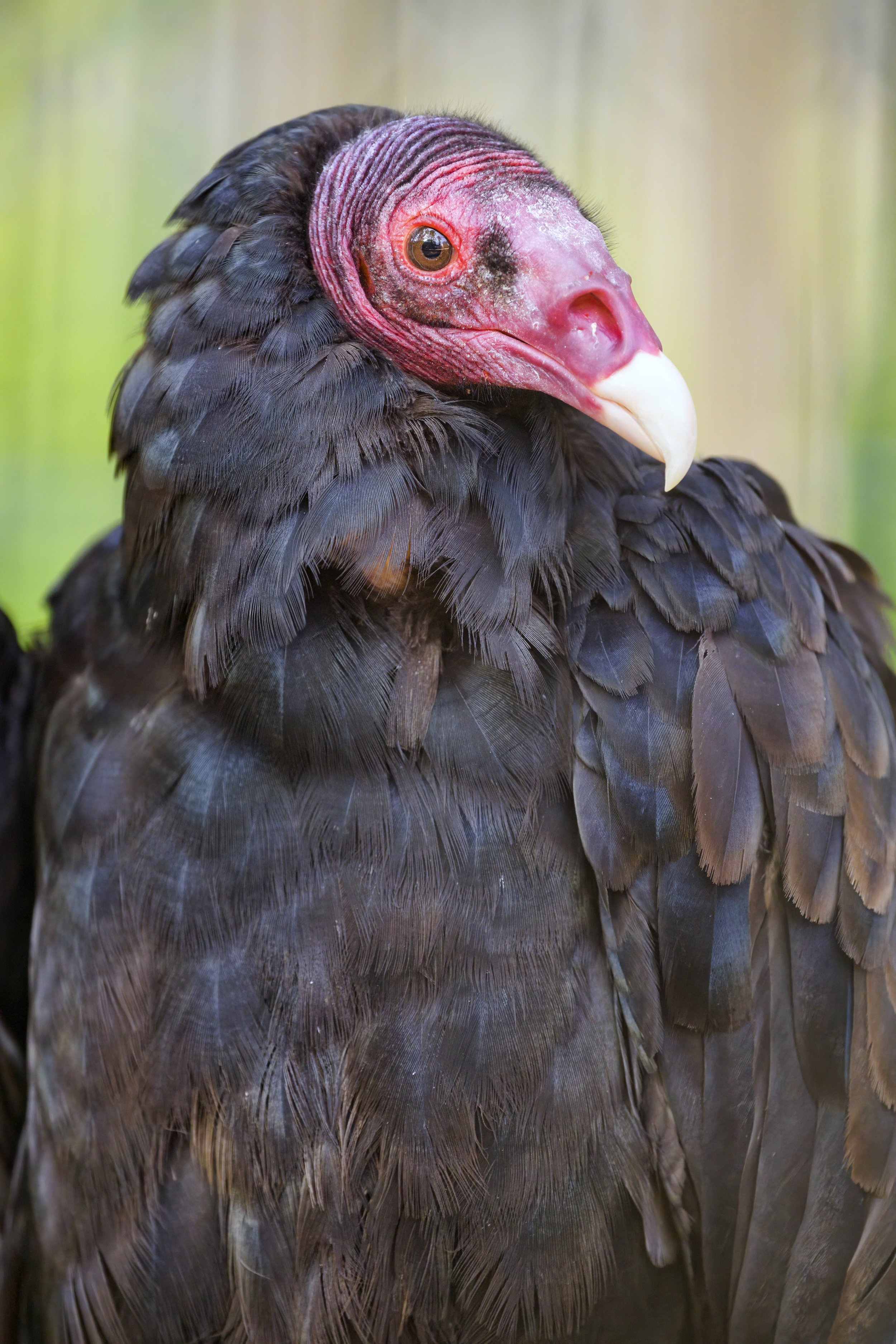
Turkey Vultures
Found as far north as Canada in the summer, and as far south as Chile year-round, Turkey Vultures are on of the most wide-spread vultures in the world. They have an incredible sense of smell, and often guide other vultures and condors to carrion, and work with them by having them break open the carrion. Turkey Vultures have a conservation status of “least concern“.
-

White-Backed Vultures
Indigenous to Africa, they are closely related to Griffon Vultures and are physically similar to White-Rumped Vultures. White-Backed Vultures had a conservation status of “least concern” less than two decades ago (2006), which in 2015 changed to “critically endangered“.
-
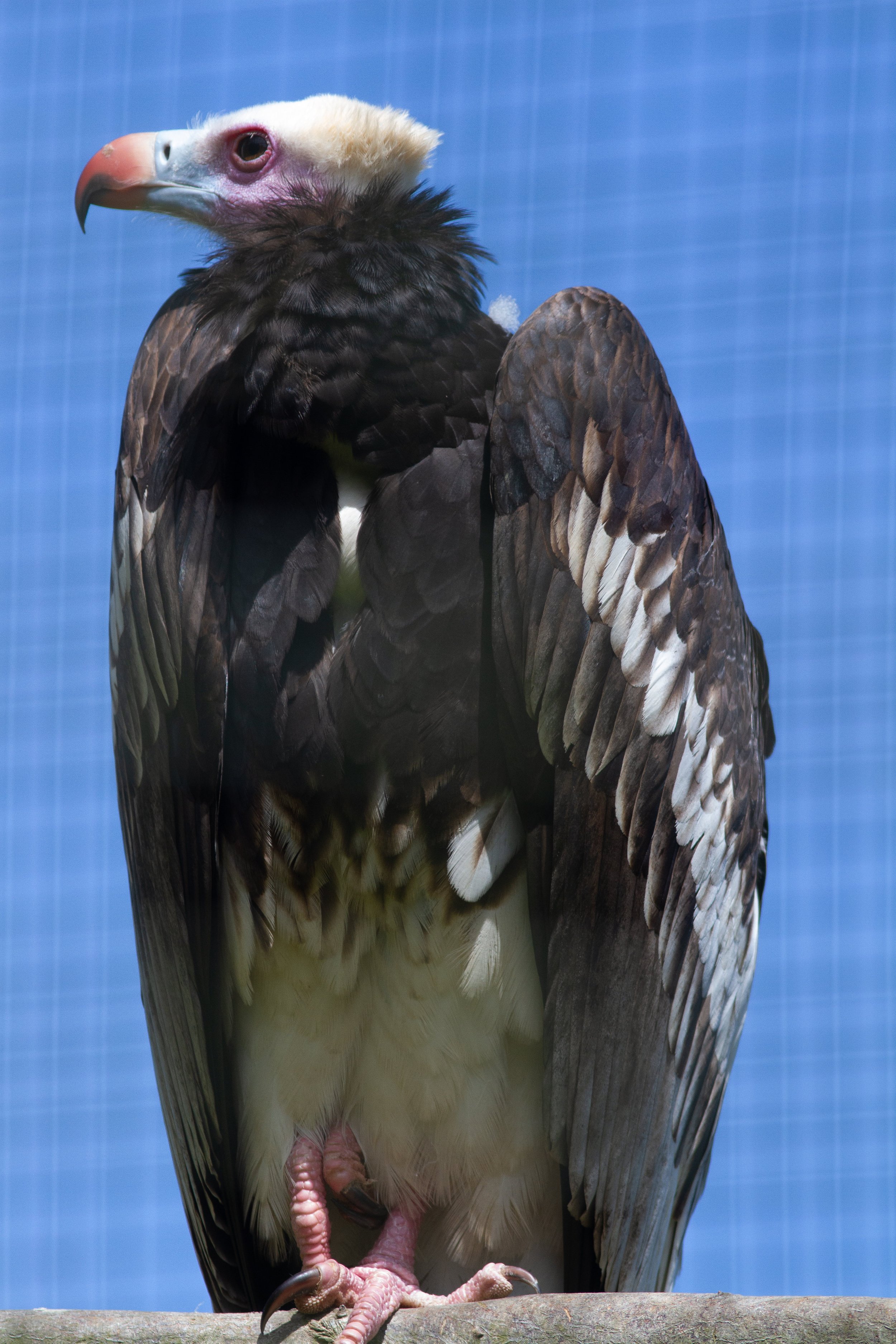
White-Headed Vultures
Solitary and territorial, White-Headed Vultures are interestingly loyal to the areas of Africa to which they are endemic to, as they rarely venture outside their residential areas. White-Headed Vultures have a conservation status of “critically endangered“.
-
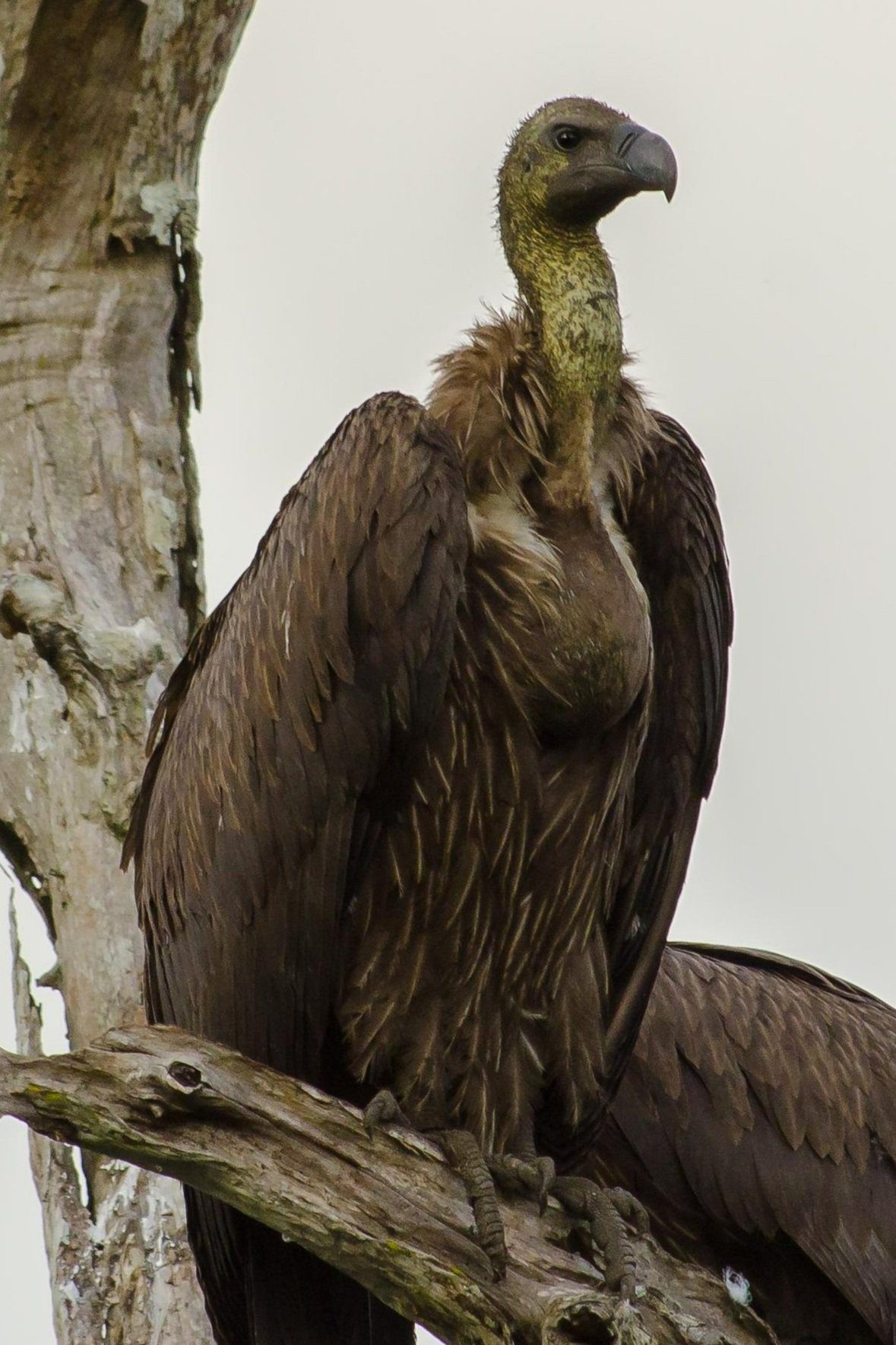
White-Rumped Vultures
Residents of Southeast Asia, they look very similar to the White-Backed Vultures, but have distinctly white rumps, rumps being the area above the tail. Once thought to be the most abundant raptor in the world, White-Rumped Vultures now have a conservation status of “critically endangered“.
-
More About Vultures
These descriptions are only meant to be small windows into each of these vultures. Every species here has a unique story to tell, which we implore you to look into. While some vultures urgently need more help than others, we believe every vulture is worth learning and teaching about in order to end misconceptions regarding these incredible birds. Beyond this, there are also countless stories and articles about more vulture subjects that are also worth reading. If you’re interested, please click the “More About Vultures” button below.
As mentioned earlier in this page, 16 of the 23 vultures species are threatened in some form. If you’re interested in learning about organizations that you can donate to that work towards the conservation of these animals, make sure to see our Conservation page. If you’re interested in making a difference for vultures and their avian cousins in your local community, check out our Get Involved page. Ornithology and birding communities are often sustained through the efforts of citizen scientists like you.
Lastly, all the beautiful images used here are under public domain or a creative commons license. Check the footer for image credits.
